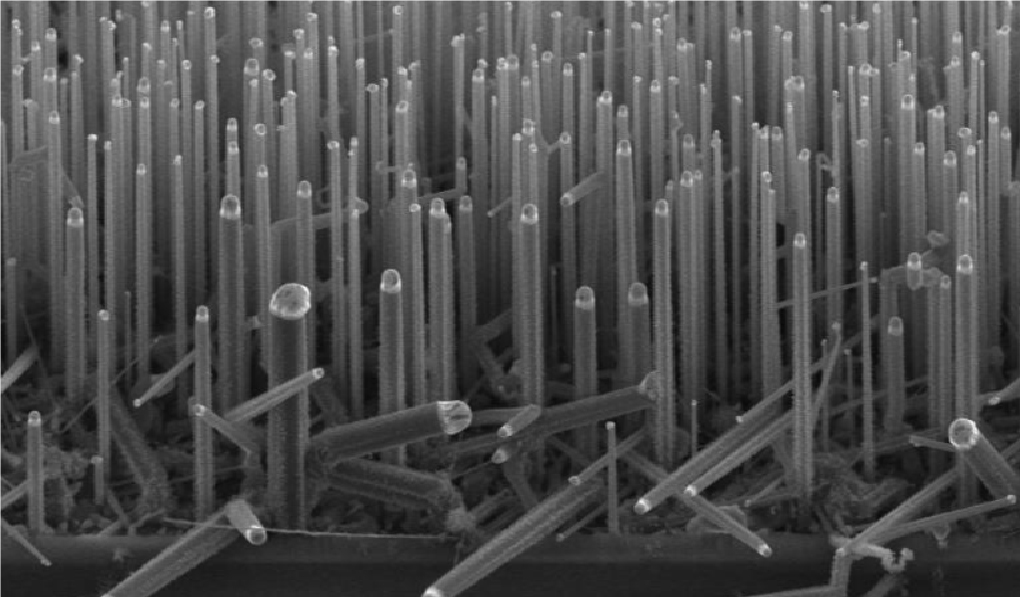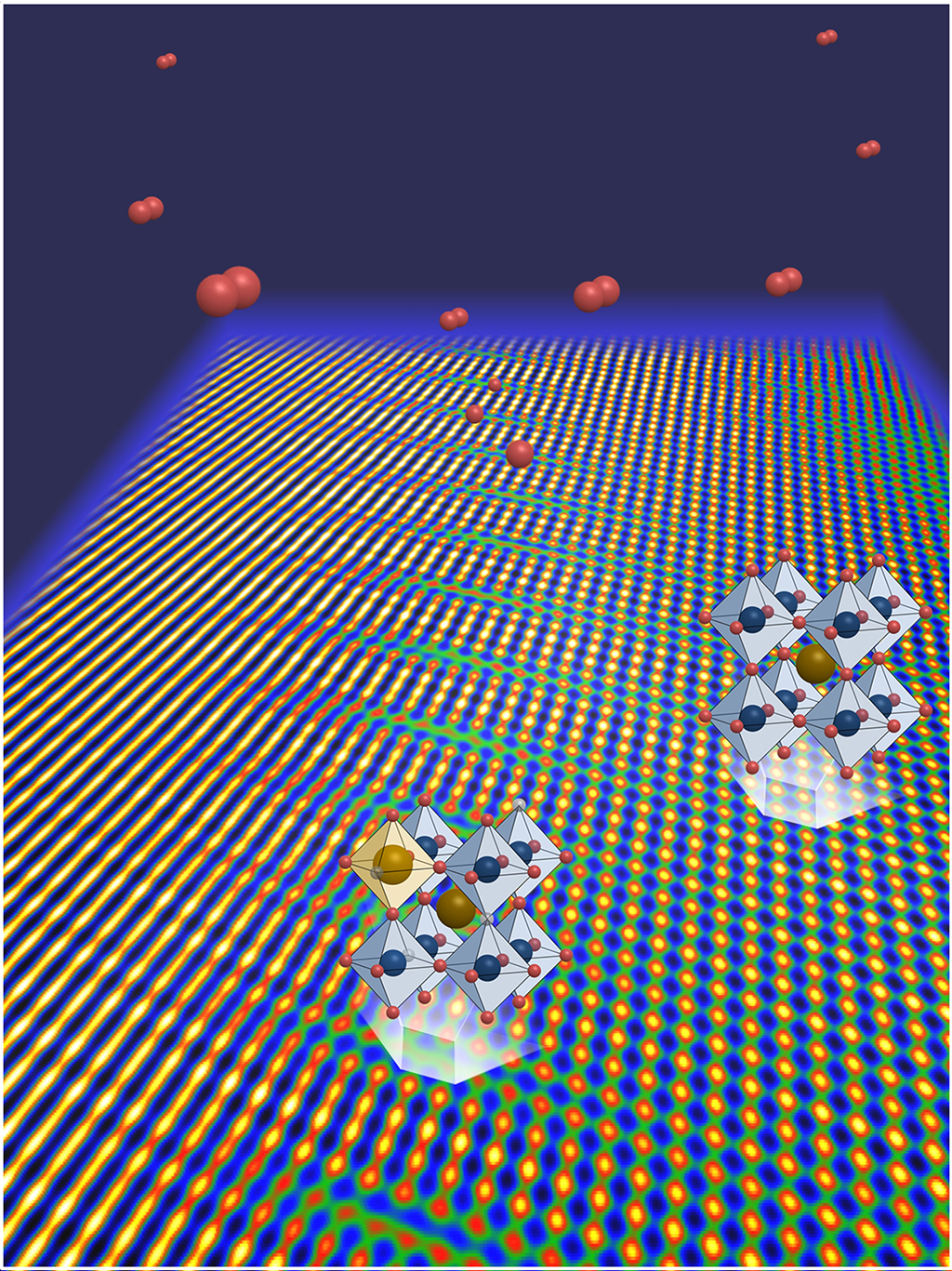The Internet of Things (IoT) has been identified as one of the five technologies that will change the world with billions of devices to be installed in the next decades. The massive deployment of miniaturized wireless sensor nodes will revolutionize the way we understand complex systems and our interaction with reality, which will bring new perspectives to the human progress. But how exactly this revolution will be powered remains an open question. Primary batteries currently represents the only practical solution existing for powering autonomous embedded systems but their intrinsic limitations to miniaturization and well-known environmental downsides if spread without adequate disposal, make them a short-term solution. Alternatively, self-powered integrated systems able to harvest energy present in the ambient- that is, waste heat- keep the advantages of batteries (low cost, easy installation, topological flexibility, suitability for movable parts, etc) while overcoming their major issues (long lasting, potentially biodegradable, maintenance free, etc).
One of the limiting factors in the development of micro power sources able to generate electricity from thermal gradients has been the inherent incompatibility of good thermoelectric materials such as bismuth and lead tellurides with silicon microfabrication technologies. However, ten years ago enhanced thermoelectric properties of silicon nanostructures were reported opening the door to the development of such micro thermoelectrical generators. In 2012, our team was the first implementing silicon nanowires in an efficient device. This year, we were able to reach values of power in the range of the IoT applications by using silicon-germanium alloys. This remarkable achievement should be considered as a first step for stimulating further work on the development of novel energy autonomous microsystems. Fabricating these new harvesters at low cost in batch mode will represent the last step for the desired IoT revolution also encouraging research towards powering any kind of autonomous and intelligent system like, why not, an autonomous thermal brain.
Reference

